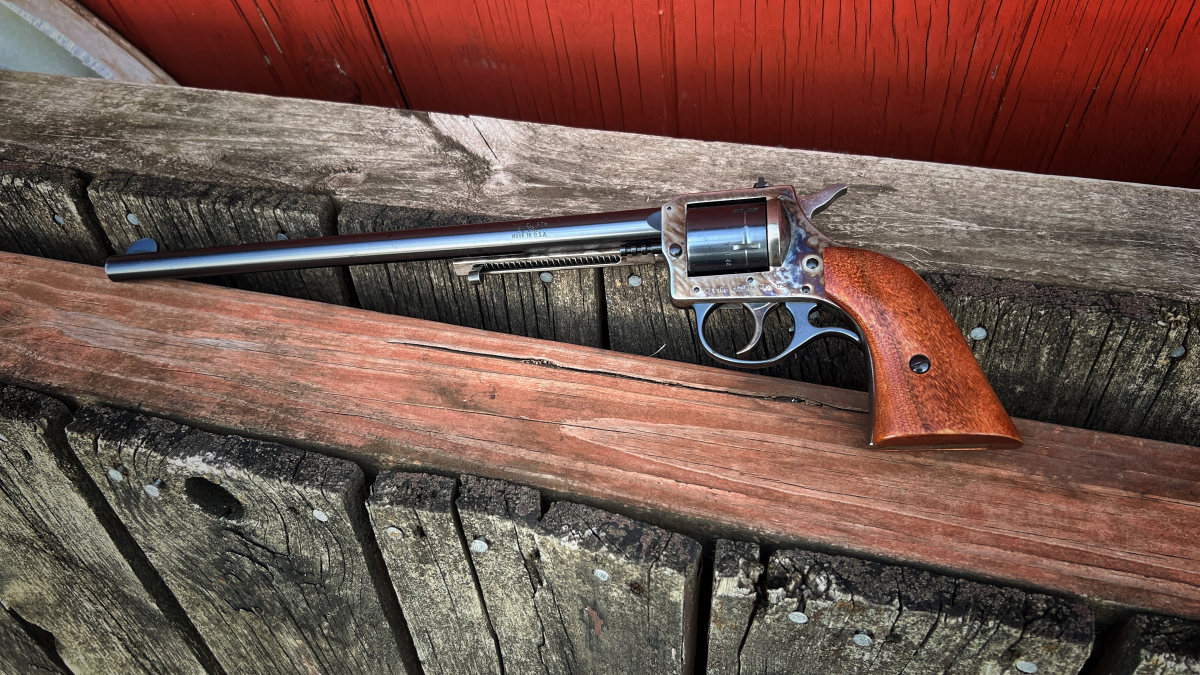
Welcome, if you are a newcomer to this fun bi-weekly segment of AllOutdoor.com! Last time around we dove into the history of the longest revolver I own, the H&R Model 676. Suppose you follow the series you know the drill by now. This is the part where we typically deconstruct the variations of our chosen gun. Here’s the rub though: when H&R made a gun they made that gun and they stuck to it. Rarely was there a variation that was not just a new model. Regardless, let’s dive in and see what we are working with.
Recent Content in Curious Relics:
Welcome to our recurring series of “Curious Relics.” Here, we want to share all of our experiences, knowledge, misadventures, and passion for older firearms that one might categorize as a Curio & Relic – any firearm that is at least 50 years old according to the ATF. Hopefully along the way you can garner a greater appreciation for older firearms like we do, and simultaneously you can teach us things as well through sharing your own expertise and thoughts in the Comments. Understanding the firearms of old, their importance, and their development which lead to many of the arms we now cherish today is incredibly fascinating and we hope you enjoy what we have to share, too!
Variations: H&R Model 676
The Harrington & Richardson Model 676 Convertible Revolver, while only produced from 1975 to 1980, represents an interesting chapter in American firearms history. This versatile rimfire revolver is built upon H&R’s legacy of affordable, reliable firearms, offering shooters a range of options in a single package. Let’s explore the variations of this model and its place in H&R’s lineup.
The Model 676 didn’t emerge in a vacuum. It was the culmination of H&R’s experience with previous convertible and single-caliber rimfire revolvers. Its predecessors included models such as the 649, 660, and 666, each contributing to the evolution that would lead to the 676.
Model 649 Convertible (1976-1985): This Western-style revolver set the stage for the 676’s convertibility. It featured a .22 LR cylinder with an extra .22 caliber cylinder, offered in 5 1/2″ or 7 1/2″ barrel lengths. The 649 introduced shooters to the concept of a multi-caliber rimfire revolver with its side-loading design and transfer bar ignition system.
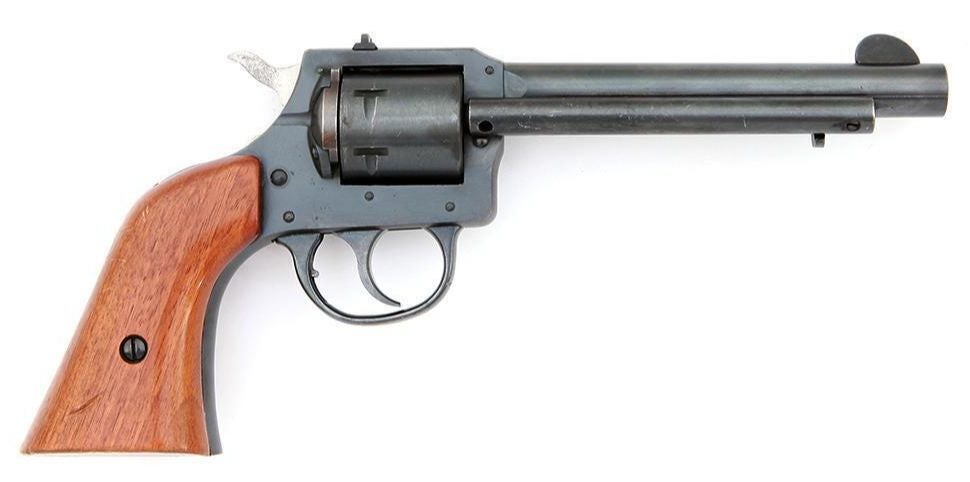

MODEL 649 CONVERTIBLE. (n.d.). bluebookofgunvalues.com. photograph. Retrieved October 1, 2024, from https://bluebookofgunvalues.com/products/harrington-richardson-inc-revolvers-recent-mfg-model-649-convertible.
Model 660 Gunfighter (1960-1961): Though earlier and simpler than the 676, the Model 660 established H&R’s foray into Western-style rimfire revolvers. This .22 LR six-shooter with its 6″ barrel and solid frame hinted at the aesthetics that would influence later models.
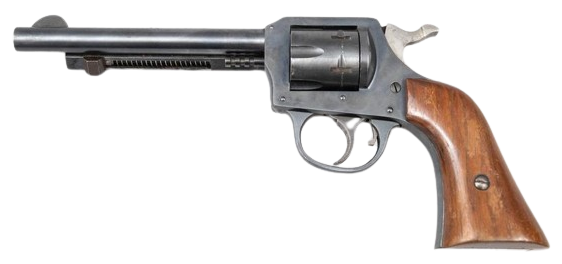

MODEL 660 GUNFIGHTER. (n.d.-b). bluebookofgunvalues.com. photograph. Retrieved October 1, 2024, from https://bluebookofgunvalues.com/products/harrington-richardson-inc-revolvers-recent-mfg-model-660-gunfighter.
Model 666 Convertible (1975-1979): The direct predecessor to the 676, this model refined the convertible concept. It offered .22 LR and .22 WMR cylinders, a 6″ barrel, and plastic grips. The 666’s square butt and transfer bar ignition system would carry over to the 676, showing H&R’s commitment to evolving their designs.
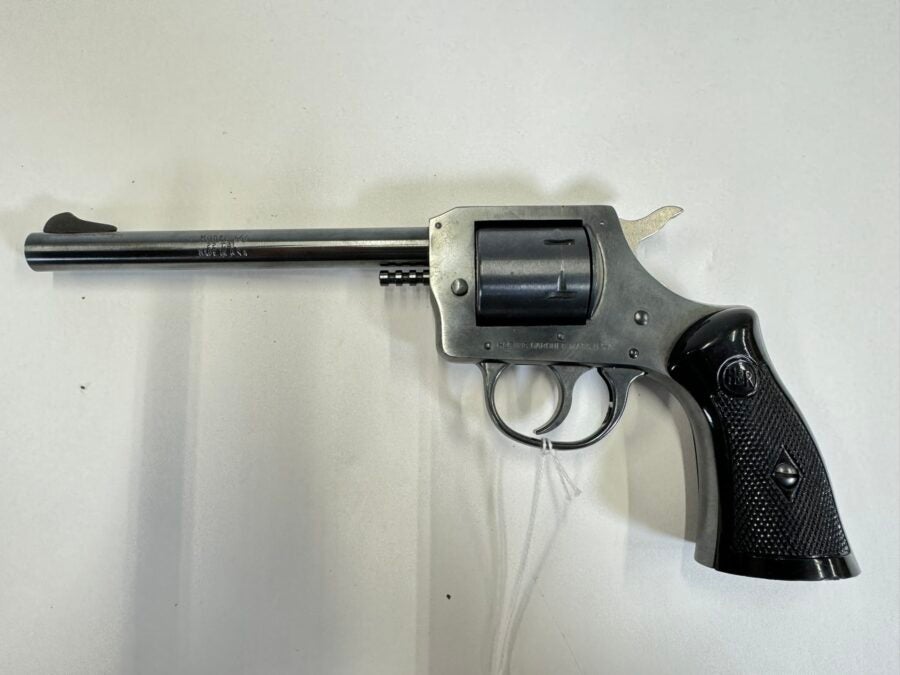

H&R 666. (n.d.). brownguns.us. photograph. Retrieved October 1, 2024, from https://brownguns.us/product/hr-666/.
Model 676 Variations
When H&R introduced the Model 676 in 1975, they built upon these earlier designs while offering unprecedented variety in barrel lengths. Let’s explore the variations that made the Model 676 stand out:
- Caliber Options: Like its predecessor, the 676 was a true convertible, capable of firing both .22 Short/Long/Long Rifle and .22 WMR cartridges. This versatility allowed shooters to switch between economical plinking and more powerful small-game hunting with a simple cylinder swap.
- Barrel Lengths: Where the Model 676 truly shined was in its range of barrel options. H&R offered five distinct lengths.
4.5″ Barrel: The shortest option, ideal for those prioritizing portability without sacrificing the 676’s core features. At 32 ounces, it was as light as its 5.5″ sibling but looked the cowboy part.
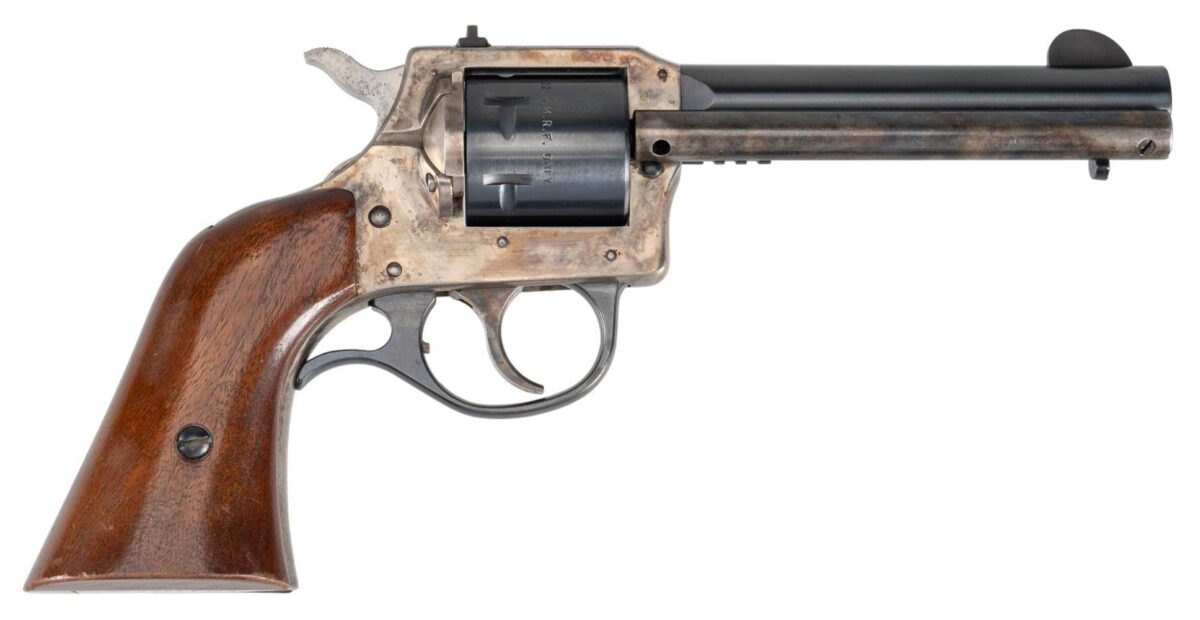

Lot 364: H&R Model 676 22 LR / 22 Magnum Revolver. (n.d.). invaluable.com. photograph. Retrieved October 1, 2024, from https://www.invaluable.com/auction-lot/h-r-model-676-22-lr-22-magnum-revolver-364-c-d114bbd9e4.
5.5″ Barrel: A balanced choice, offering a bit more sight radius than the 4.5″ version without adding weight.
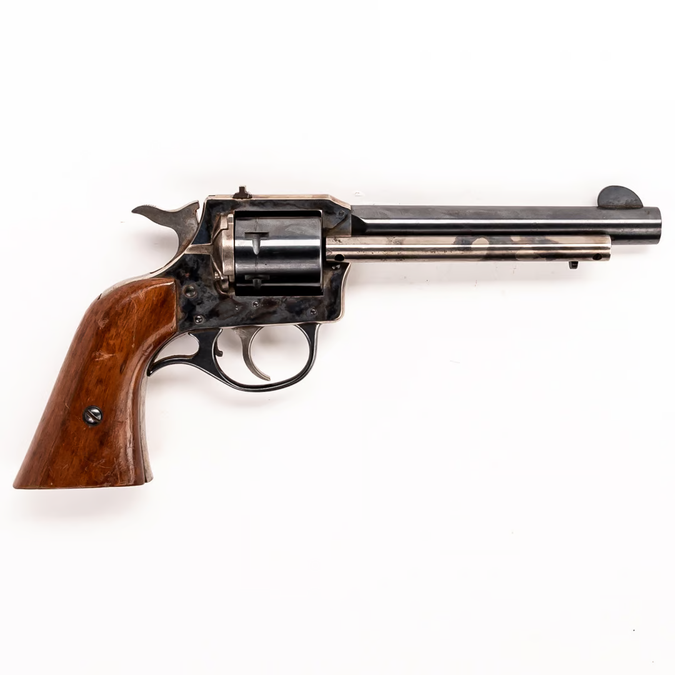

HARRINGTON & RICHARDSON MODEL 676. (n.d.). Guns.com. photograph. Retrieved October 1, 2024, from https://www.guns.com/firearms/handguns/revolver/harrington-&-richardson-model-676-22-wmr-revolver-6-rounds-5-5-barrel-used?p=386027&soldout=1.
7.5″ Barrel: Popular among target shooters, this length provided an excellent balance between accuracy potential and manageability. The extra heft (36 ounces) helped tame recoil for extended-range sessions.
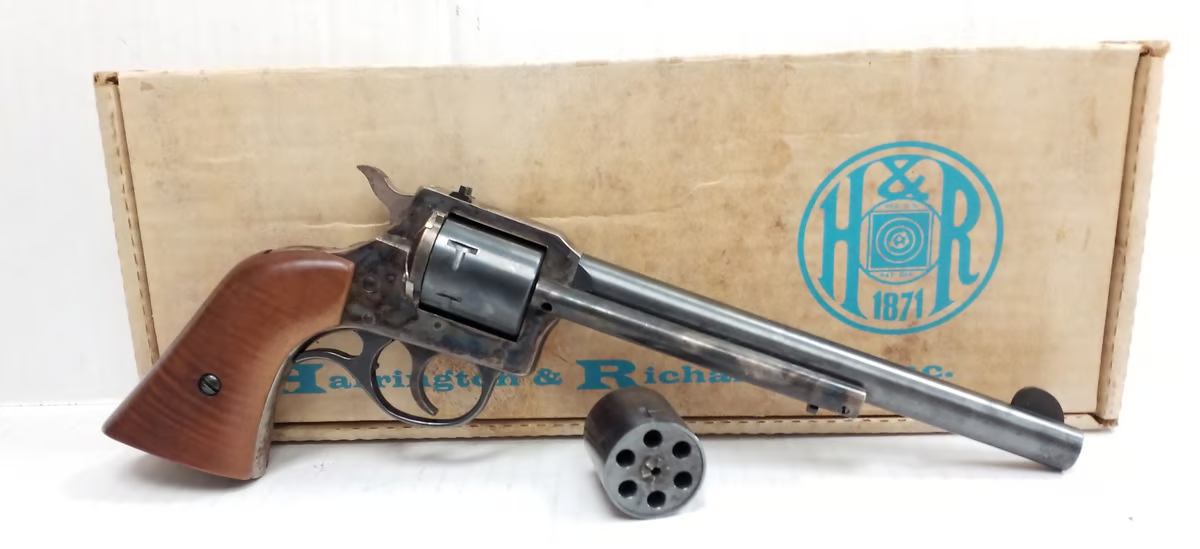

H&R MODEL 676. (n.d.-b). Guns.com. photograph. Retrieved October 1, 2024, from https://www.guns.com/firearms/handguns/revolver/h&r-model-676-22-lr-revolver-6-rounds-7-5-barrel-used?p=814633&soldout=1.
12″ Barrel: The crown jewel of the 676 lineup, often referred to as the “Buntline” variant. At 41 ounces, it was a handful but provided unparalleled accuracy potential in the 676 family. Its rarity and impressive profile make it highly sought after by collectors.
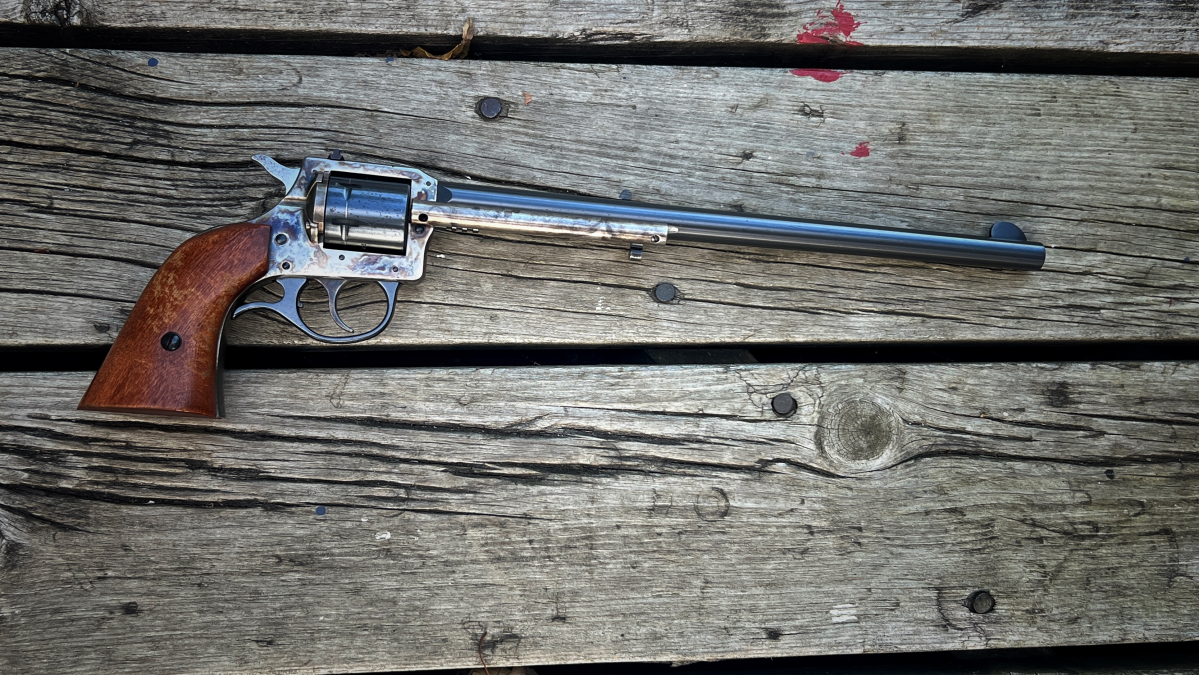

Common Features: H&R Model 676
Across all barrel lengths, the Model 676 maintained consistent features that defined its character:
- Color case-hardened steel frame, adding both durability and classic aesthetics
- Walnut grips, providing a touch of elegance to this working-class revolver
- Fixed front and rear sights, simple but effective for rimfire applications
- Double-action mechanism with a finger-spurred trigger guard for enhanced control
- Side-load and eject system, a carryover from earlier models that proved reliable and user-friendly
End of Part II: H&R Model 676
The H&R Model 676 Convertible Revolver, with its array of barrel lengths and dual-caliber capability, stands as a unique chapter in rimfire revolver history. From its roots in earlier H&R models to its own variations, the 676 offered something for nearly every rimfire enthusiast. Whether you’re drawn to the practical 4.5″ version or the eye-catching 12″ Buntline, the Model 676 continues to captivate shooters and collectors, ensuring its place in the annals of American firearms development.
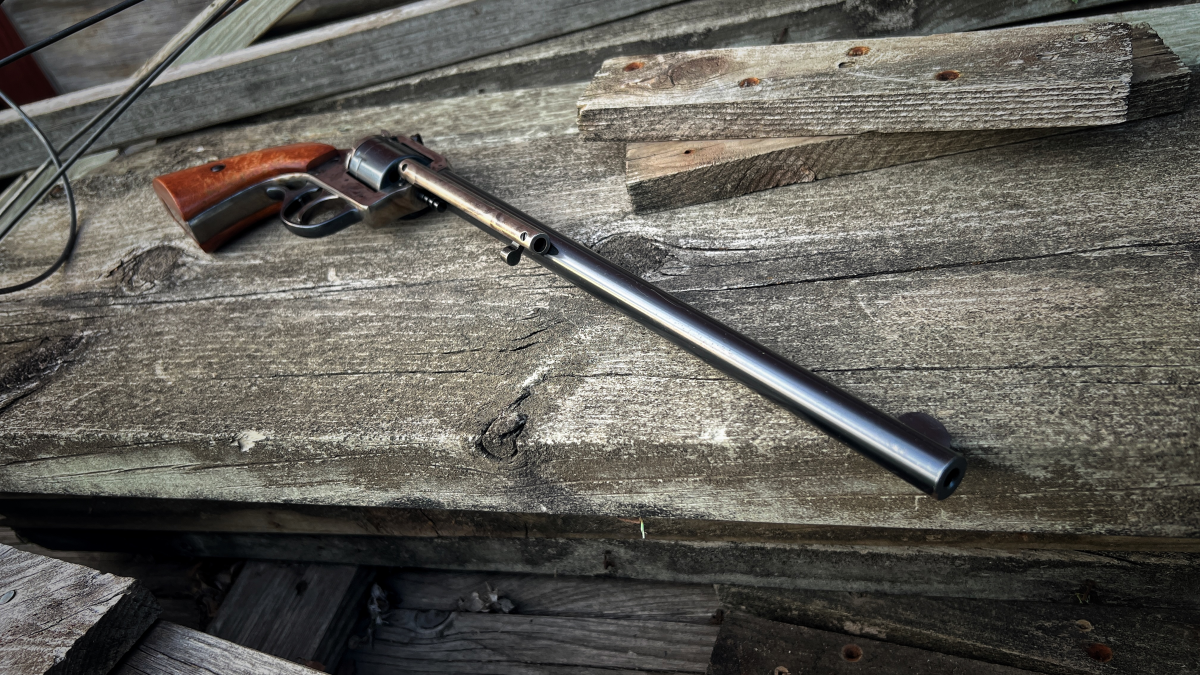

In closing, I hope our Curious Relics segment informed as well as entertained. This all was written in hopes of continued firearm appreciation and preservation. We did not just realize how guns were supposed to look and function. It was a long and tedious process that has shaped the world we live in. So, I put it to you! Is there a firearm out there that you feel does not get much notoriety? What should our next Curious Relics topic cover? As always, let us know all of your thoughts in the Comments below! We always appreciate your feedback.
